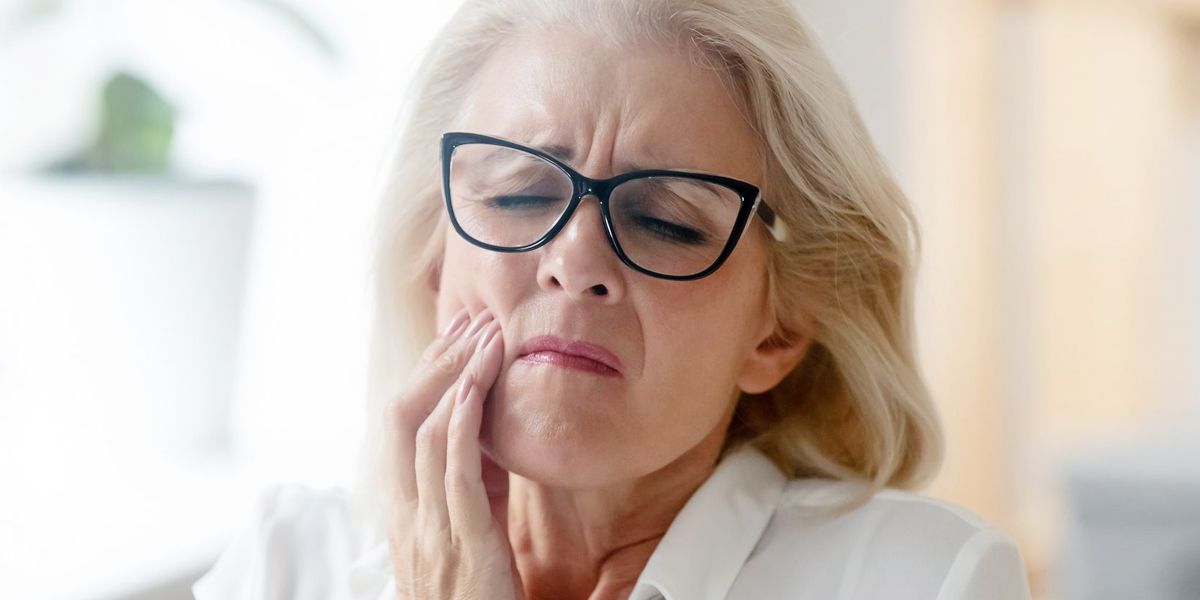
Many times when people talk about dental visits, they refer to different oral problems directly associated with teeth. While teeth are a big part of the oral cavity system, they are not the only crucial elements. Other parts like the gum tissue and the jawbone are also covered in dentistry.
Complications with your jawbone can be traumatic and extensive, causing problems to your entire head, leave alone the mouth. This is one of the primary reasons why TMJ therapy in Bayside, NY exists, to treat all the problems of the jawbone and the affiliate areas
What Is TMJ Therapy? An Overview of Treatments and Approaches
It is a treatment in dentistry that addresses problems with the joint of the jawbone. Ideally, the joint that connects both the lower and upper jawbone with your skull is called temporomandibular joint (TMJ). When there is a problem with this joint, you require TMJ Therapy in Bayside to repair and correct the issue.
What Causes TMJ Disorder? Identifying the Root Causes
TMJ therapy is offered to patients who have suffered traumatic injuries. A car accident or a sports injury can mess up the alignment of your jawbone, leaving fractures and malpositioning issues.
Besides that, this disorder is evident in some patients who have bruxism. It is a condition where patients grind their teeth when they sleep. This can put a strain on your jawbone, causing complications in the TMJ area.
The bottom line, it is still uncertain what specifically causes TMD. Some risk factors include:
- Stress and anxiety as it causes face clenching.
- Overuse of jaw muscles – people with bad habits like opening bootleg tops with their teeth, chewing hard foods, crushing candies, and ice cubes, biting fingernails, to mention a few, have a high likelihood of straining their jaw muscles.
- Poor sleeping conditions – this consists both of the sleeping positions and sleeping surfaces. A bad mattress can strain both your neck and jawbone. Further, the position you employ when you sleep can strain your head along the jawbone.
Diagnosis of TMJ Disorder: How We Identify the Condition
Often, the pain that results from a disorder of the joint does go away without treatment. It usually depends on how severe the impact on your face was. This is the reason why every TMJ treatment in Bayside, NY begins with intensive tests to determine the state of the TMJ. X-rays are significant in the diagnostic process of TMJ in Bayside family dentistry.
Further, your dentist will observe the range of motion of your jawbone when you chew and talk. Any sites of pain and soreness on physical touch are also great pointers that a dentist will use during treatment.
Symptoms Commonly Associated with TMJ Disorder: Recognizing the Signs
Your attending dentist has different ways to detect your oral problems without much strain. However, for you, keeping tabs in the symptoms you are experiencing will help you seek the correct treatment. Some signs of TMJ disorder are:
- Soreness and pain in your jaw area – any sudden movement of your mouth can put unnecessary pressure on the jawbone, causing pain and discomfort.
- Unusual noises in your jawbone – when you chew or talk, you are likely to hear unusual noises from the movement of your mouth.
- Ear pain – it can be described as a tingling-like feeling in your ears.
- Migraine headaches – the tension in the joint will place pressure on the rest of your face, not to mention the cringing of the facial muscles.
- Jaw lock – it is a unique symptom where your upper and lower jaw is stuck on the open-mouth position. It is highly likely to happen when you laugh or yawn.
Which Treatment Options Are Available for TMJ Treatment? Exploring Your Choices
Many approaches are used to treat TMJ disorder. It always depends on the underlying cause, as well as the severity thereof. Some treatment options require a slight adjustment of your lifestyle, while others are more drastic measures. Some of them include:
- Pain relievers – this will help you cope with the pain as the problem diminishes.
- Muscle relaxants – they are also medication given to alleviate the soreness of the TMJ. They will help relax the tight muscles in your facial region, relieving your jawbone of some of the pressure.
- Physical therapy – it involves mouth exercises that will help strengthen your jaw muscles while relaxing the constricted stress points.
- Bruxism treatment – sometimes the underlying problem is teeth grinding, and until it is duly treated, your TMJ will remain problematic.






